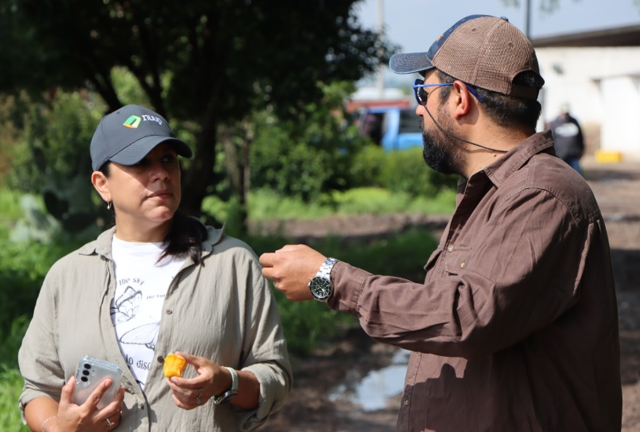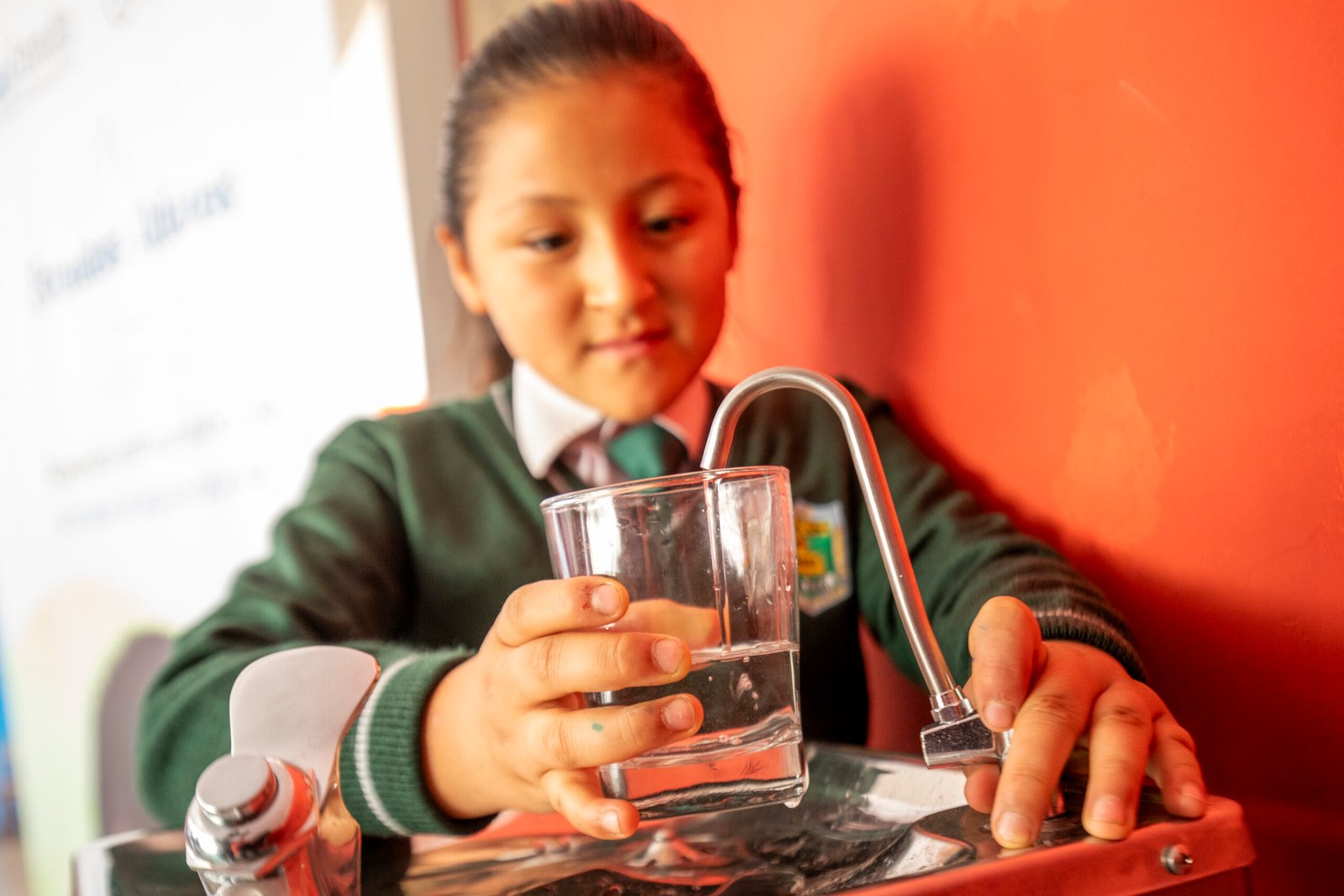By Manuel Sauri – CEO of Agua Segura
When we think about the importance of water for our lives and development, we surely imagine the rivers, seas, and lakes that feed us, provide energy, and recreation. If we go a bit further, perhaps we reflect on the importance of wetlands and ecosystems that work to mitigate the effects of climate change. But there is a place where practically all the planet’s liquid fresh water is concentrated: beneath the earth.
Groundwater has enormous significance for human society. Its sustainable management and protection are essential to guarantee water security, food production, drinking water supply, and the health of ecosystems.
Groundwater: the invisible resource that sustains life
Access to safe water is a fundamental human right. We only need to remember the “water cycle” we learned in school to understand that what we do on the surface directly affects what happens beneath it. If the water circulation process is interrupted, terrestrial ecosystems lose their balance, and with them, aquifers deteriorate.
According to UNESCO data, over 95% of the world’s available liquid freshwater is groundwater, and it is estimated that 50% of the world’s population depends on it for domestic consumption.
These natural reservoirs supply not only our homes but also sanitation systems, industries, and, above all, the agricultural sector.
Agriculture and Aquifers: A Critical Relationship
Agriculture is the largest consumer of freshwater on the planet. According to the FAO, about 40% of the water used for irrigation globally comes from aquifers. And it is estimated that to feed a global population of 9 billion by 2050, food production must increase by 60%.
However, the excessive use of groundwater for irrigation can lead to its depletion, reduced river flow, and loss of wetlands. Furthermore, if they become contaminated with agrochemicals, fertilizers, or other substances, their quality is jeopardized, and negative impacts on public health are generated.
Sustainable water management in agriculture is crucial. Adopting efficient irrigation technologies, improving soil infiltration, and reducing chemical use are key steps to protect this invisible resource.
Groundwater Conservation and Recharge of Aquifers
Aquifer recharge is the natural process by which rainwater or river water slowly penetrates the soil and reaches underground layers. But when areas are deforested, soils are compacted, or urbanization occurs without planning, this process is interrupted.
At Agua Segura, we promote nature-based solutions that allow us to recover this natural absorption capacity: soil restoration, reforestation of watersheds, wetland conservation, and rainwater harvesting systems.
These actions are part of integrated watershed management strategies aimed at strengthening the water resilience of territories.
Groundwater and Climate Change
Groundwater plays an important role in mitigating climate change. By maintaining stable river levels, they sustain ecosystems during droughts. They also prevent saltwater intrusion in coastal areas, protecting freshwater reserves against rising sea levels.
However, the water crisis has exacerbated aridity in regions where the only source of supply is groundwater. There, sustainable management is not an option; it is a vital necessity.
Water Quality: A Silent Challenge
In addition to depletion, groundwater contamination is a serious challenge. Chemical substances such as nitrates, pesticides, heavy metals, or hydrocarbons can slowly infiltrate and remain for years, affecting water quality without being detected.
Implementing monitoring systems, improving land use planning, and promoting corporate water responsibility are necessary measures to prevent this deterioration.
Making the Invisible Visible
Groundwater knows no borders. Therefore, its preservation requires a global, collaborative, and long-term perspective. According to UN Water, we need public policies, investments, and citizen participation to face emerging challenges.
We also need education and communication. Because making the invisible visible means teaching that what happens beneath our feet sustains everything that happens on the surface. And that without groundwater, there is no agriculture, no industry, no health.
The Basis of All Sustainable Development
Groundwater is a hidden treasure that we must care for, monitor, and manage responsibly. They not only guarantee access to water and sanitation (WASH), but they are also the basis of any sustainable development strategy that aspires to be just, resilient, and lasting.
Conclusion
We are facing a key resource for life. Invisible for decades, it now demands to be at the center of policies, investments, and collective consciousness.
Making the invisible visible is recognizing the infinite value of our groundwater. And acting accordingly.




